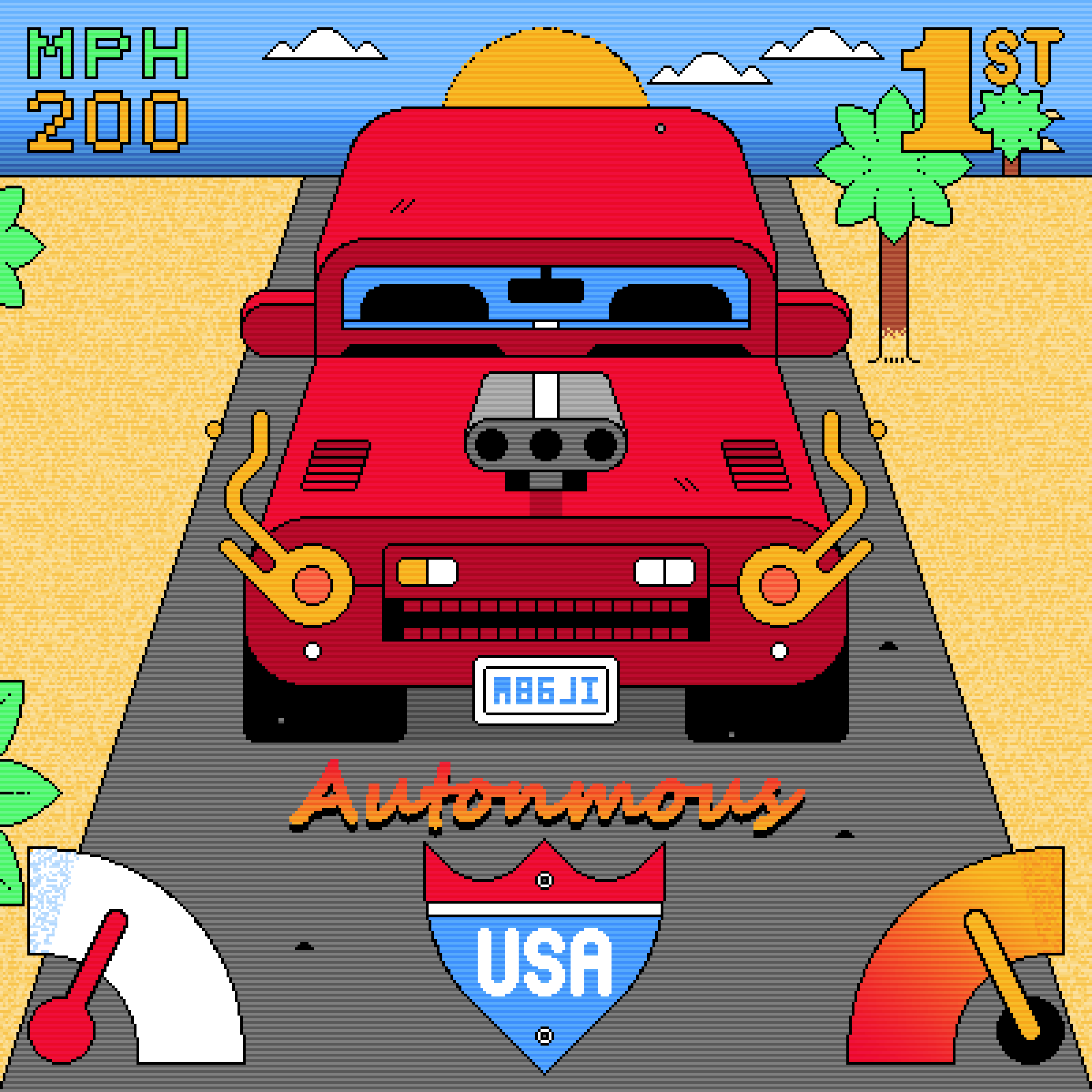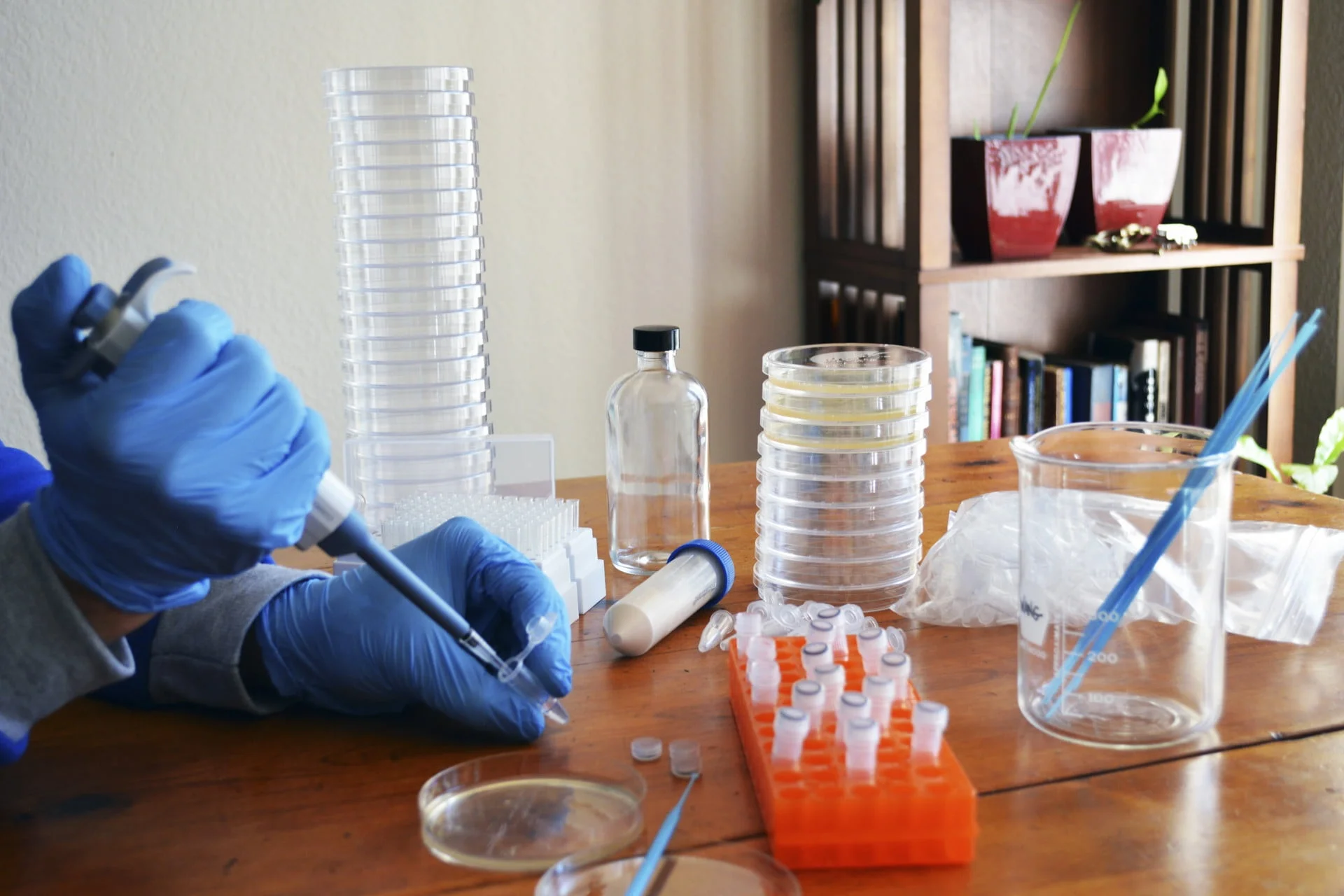Technology
Technology
Photo: Jonas Koel
Biotechnology Could Change the Cattle Industry. Will it Succeed? Undark Magazine
When Ralph Fisher, a Texas cattle rancher, set eyes on one of the world’s first cloned calves in August 1999, he didn’t care what the scientists said: He knew it was his old Brahman bull, Chance, born again. About a year earlier, veterinarians at Texas A&M extracted DNA from one of Chance’s moles and used the sample to create a genetic double. Chance didn’t live to meet his second self, but when the calf was born, Fisher christened him Second Chance, convinced he was the same animal.
Illustration: Nicholas Little
Florida Claims to be a Driverless Car Paradise. Critics Call It a Lawless Mess, One Zero
In August 2012, just days before Floridians were set to vote in the primaries, Republican state house representative Jeff Brandes became the target of a peculiar attack ad.
“Technology is great, but driverless cars? Is this really a priority for our state?” an incredulous narrator asks in the 30-second ad. Canned footage shows an empty Prius roaming the streets of a cookie-cutter neighborhood, plowing through a stop sign, and nearly running over a woman with a walker. “Well, it was a priority for Jeff Brandes.”
Illustration: Jubilee
Regolith Cities, Engadget/Silica
As Apollo astronauts trundled and trod awkwardly across the desolate lunar landscape, an insidious menace scuffed up their spacesuits. Moondust. Fine as talcum powder, sharp as glass and seemingly everywhere, these super-fine particles coated the astronauts like soot and permeated their crew cabin, where it became more than a mere nuisance. Not only did it interfere with their equipment, it irritated their nostrils and eyes, giving some a mild allergic reaction.
Illustration: Will Hawkins
H2Grow Helps crops Grow in deserts, Digital Trends
A lush, green mat of fresh animal fodder is an unlikely sight in the harsh Sahara Desert, but a project from the United Nations World Food Programme is helping crops flourish in unexpected places.
Conjuring catastrophes: Inside A hurricane simulator, Digital Trends
It’s a clear summer day in South Florida, but a storm rages inside the SUSTAIN Laboratory at the University of Miami’s (UM) Rosenstiel School of Marine and Atmospheric Science, where the world’s biggest hurricane simulation tank is in full swing. Category 5 strength wind and waves wallop a makeshift stilt house, pound at its foundation, as a suite of sensors collect data on the structure’s stability. Brian Haus, an ocean scientist and director of the facility, leans his whole body against the 3-inch thick acrylic as if he wants to be closer to the action.
ant-inspired tech could replace GPS, Digital Trends
Since prehistoric times, humans have navigated Earth by way of the sky. Like clockwork, the sun traces a predictable path from east to west every day. After sunset, stars emerge. Though complicated to decipher, constellations are recognizable in their patterns and offer an intricate map of the inverted world, which a trained navigator can use for precise pathfinding.
Celestial navigation is something of an anachronism, like quill pens and powdered wigs. GPS is today’s go-to system — and it’s great until it doesn’t work.
Building Limbs that feel, A Beautiful Perspective
Fifteen years ago, Magnus Niska stood in his kitchen in Northern Sweden and crushed eggs as he tested out his new bionic hand. It was a mess. Yolk and shell oozed through the metal fingers of his alien limb while he opened and closed its five appendages, struggling to calibrate how much pressure he should use to securely grasp an egg without breaking it.
‘Rogue medicine in a bathtub’: 4 experts on the vice and virtue of pharma hacking, Digital Trends
In makeshift labs around the country, a ragtag community of tinkerers has taken it upon itself to democratize medicine, disseminate knowledge, and conduct self-experiments not yet sanctioned by the Food and Drug Administration.







